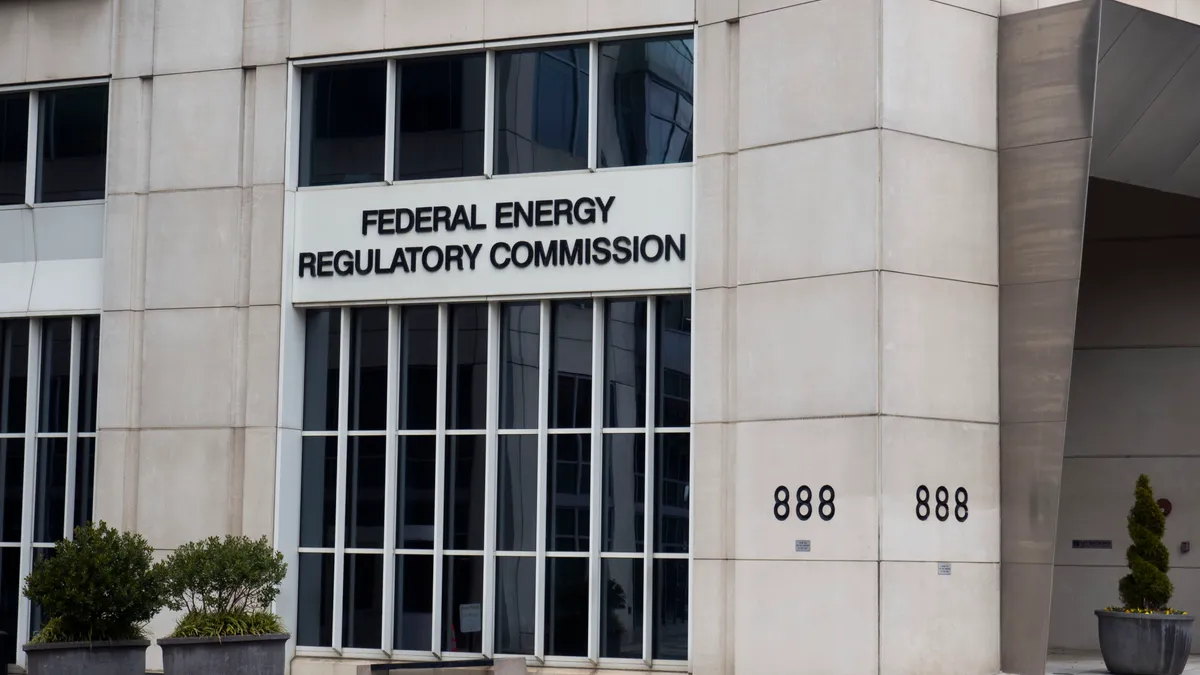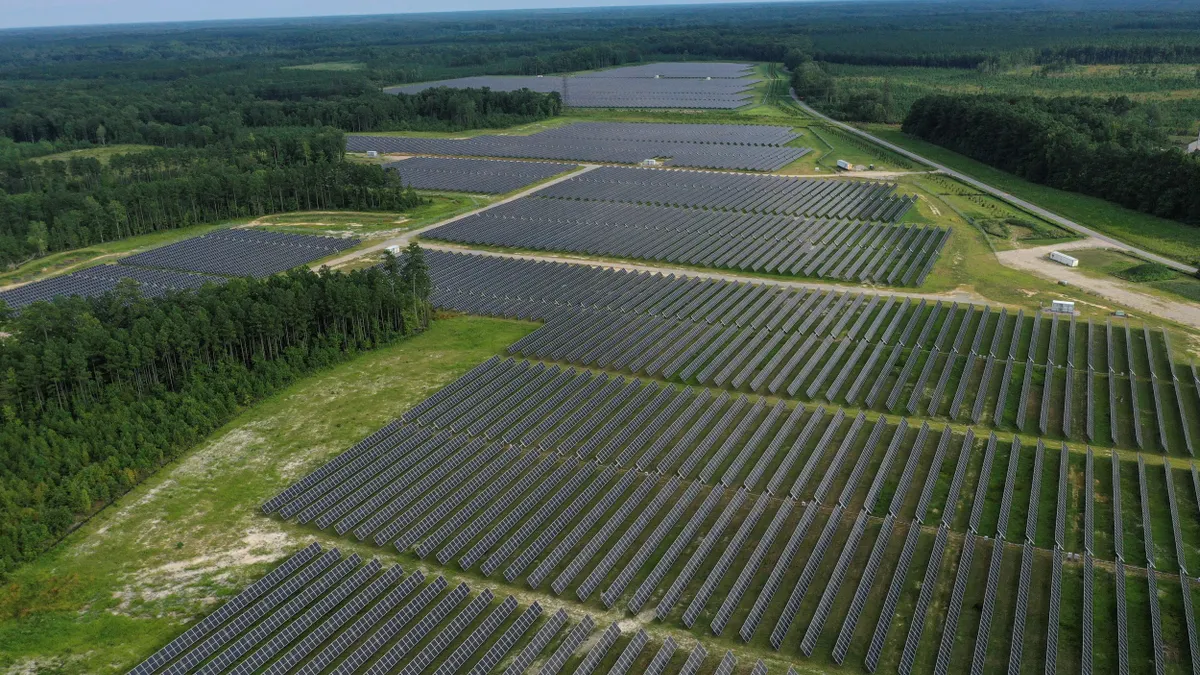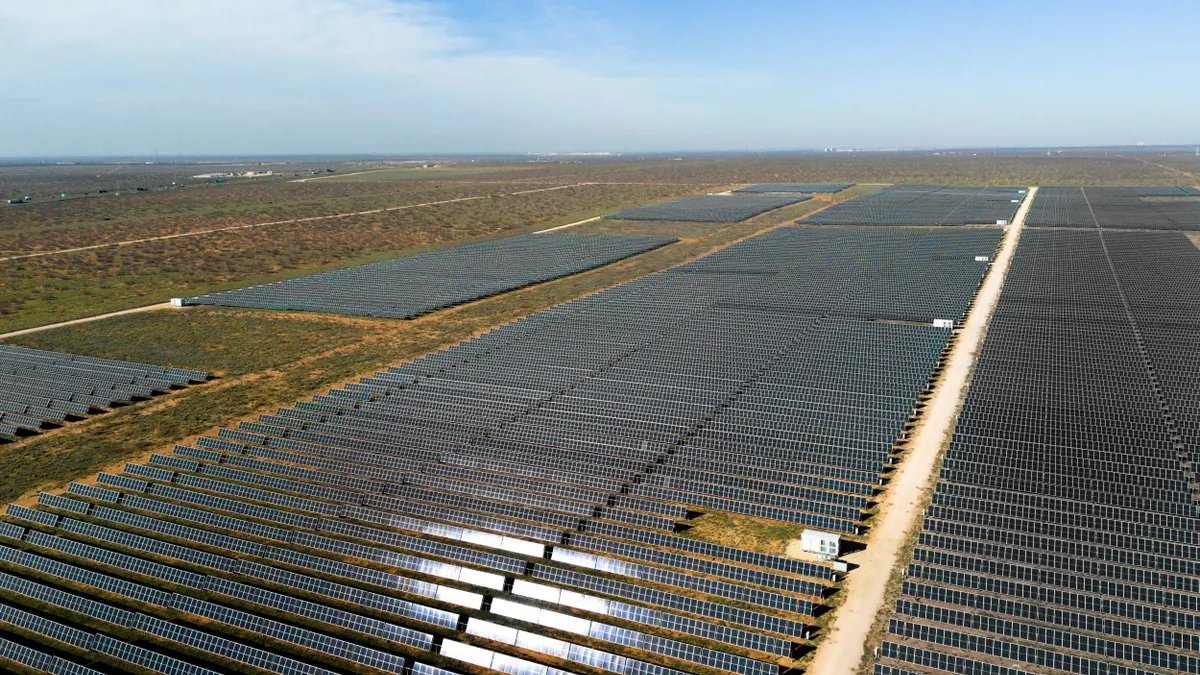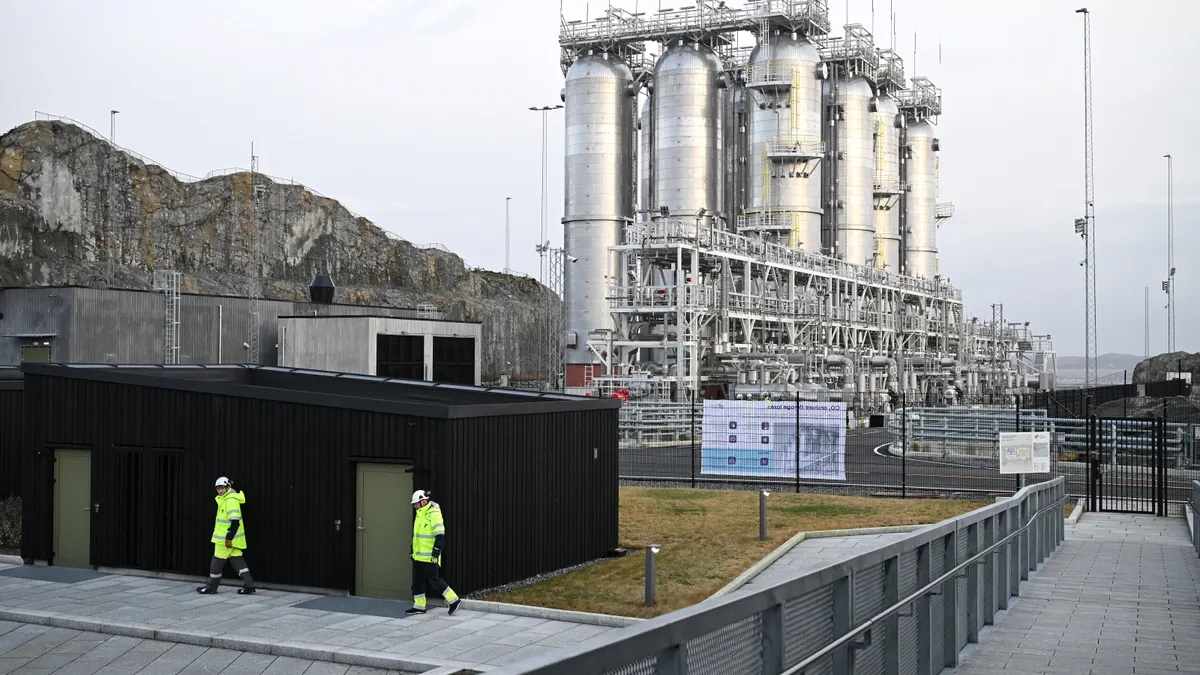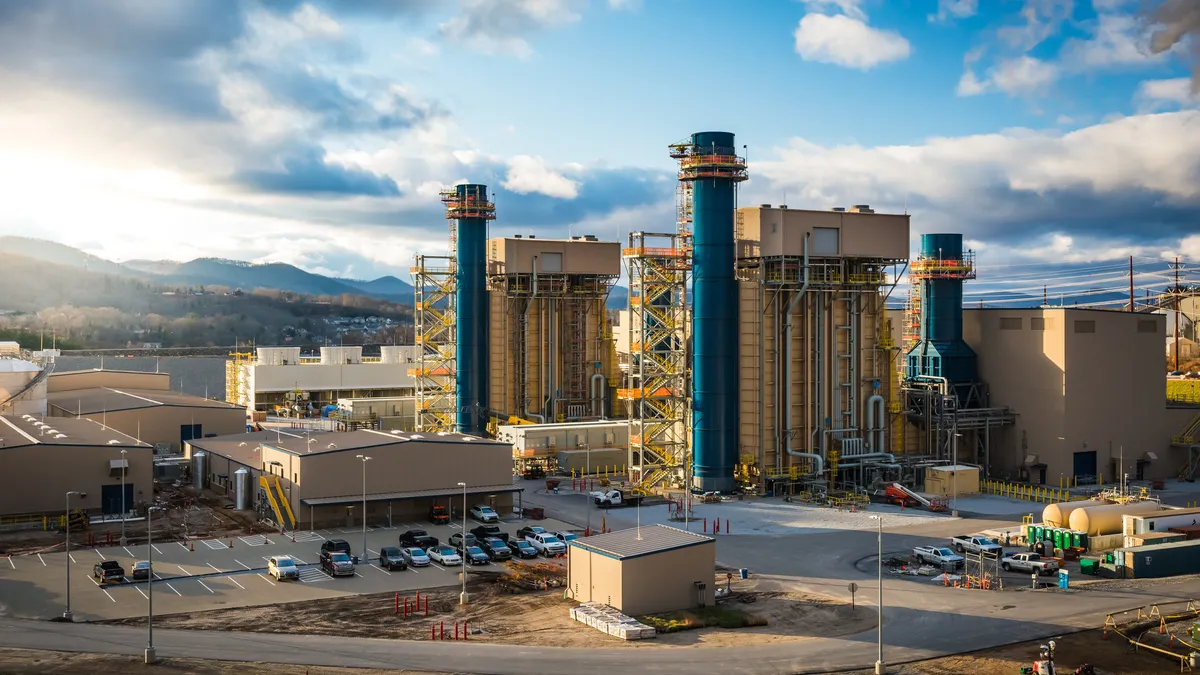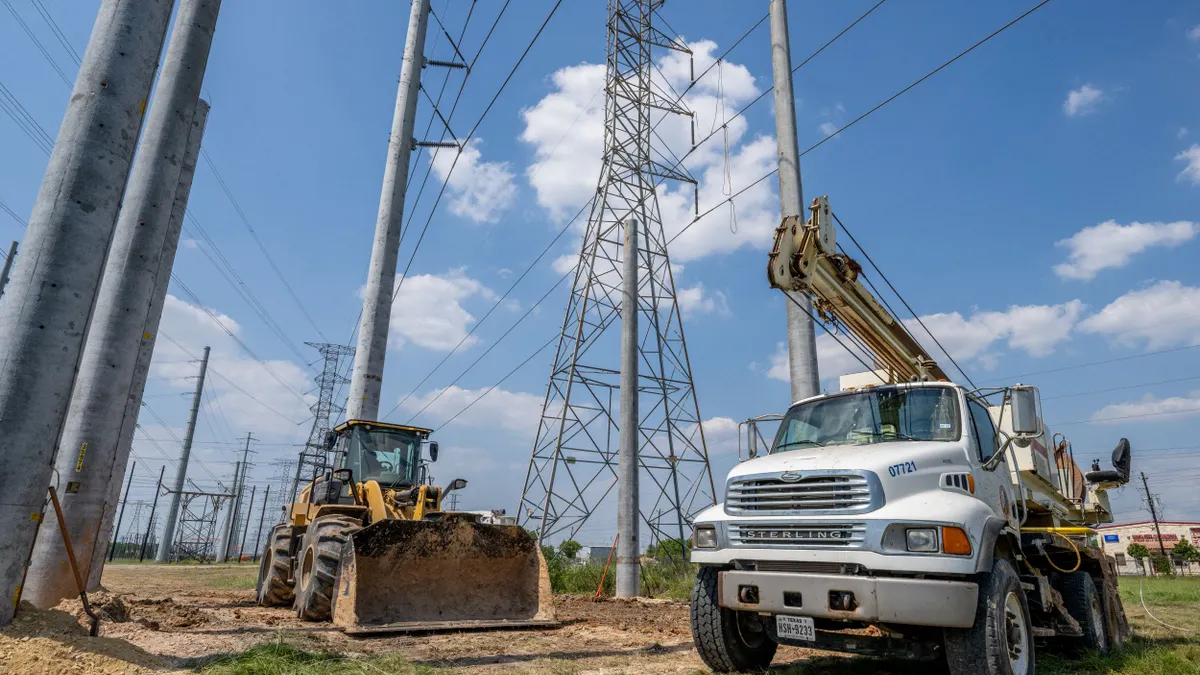The Federal Energy Regulatory Commission on Thursday ordered the Midcontinent grid operator to specify in its rules when and how merchant high-voltage, direct-current transmission projects are incorporated into its transmission planning models.
The 3-0 decision was in response to a complaint brought by Invenergy Transmission in August 2022 that centered on the Midcontinent Independent System Operator’s handling of Invenergy’s planned Grain Belt Express project.
The 5-GW, 600-kV Grain Belt project is slated to run about 800 miles from Kansas to Indiana. Invenergy has said the project is moving forward despite a decision by the U.S. Department of Energy in July to cancel a $4.9 billion conditional loan commitment that was announced by the previous administration.
Invenergy’s complaint to FERC said that MISO failed to properly account for the Grain Belt project in its transmission planning process, potentially creating duplicative projects.
Omitting merchant projects — transmission facilities that don’t rely on direct ratepayer support — from transmission plans produces “inefficient” results that can drive up customer rates, Invenergy said.
FERC’s decision could help bring ratepayers cost savings and reliability benefits through interregional HVDC transmission projects, according to Invenergy.
“If the United States intends on keeping energy affordable while meeting surging demand from AI, the value Grain Belt Express and other advanced-stage merchant transmission projects bring must be included in any transmission planning analysis,” Martin Grego, an Invenergy spokesman, said in an email.
FERC gave MISO 90 days to specify when and how merchant HVDC transmission projects will be incorporated into its transmission planning processes, including its MISO Transmission Expansion Plan base cases and potentially in sensitivity analyses.
FERC rejected some parts of Invenergy’s complaint, such as the company’s request that the Grain Belt line be included in MISO’s long-range transmission plan’s Tranche 1 or Tranche 2.1 base cases.
In December, MISO’s board approved roughly $22 billion in regional transmission projects, known as Tranche 2.1, on top of $10.3 billion in Tranche 1 projects approved in mid-2022. Invenergy contends its Grain Belt project could have obviated the need for some of those projects.
MISO’s decision aims to close a “gap” in MISO’s tariff about whether and how the grid operator considers merchant transmission projects when assessing the costs and benefits of projects in its transmission plans, FERC Commissioner Lindsay See said during the agency’s open meeting Thursday.
During its review of Invenergy’s complaint, FERC heard from state utility regulators, transmission customers, other merchant transmission developers and MISO’s market monitor that the grid operator could do more to ensure that it gives stakeholders and its board the “best information possible to assess grid needs,” See said in a concurring statement.
“They all urged us to find that MISO can and should provide additional information to help ensure that stakeholders and the MISO board are confident in the substantial transmission investments that MISO recommends,” See said.
See urged MISO to respond to the agency’s order with an eye toward consumer value.
“When billions of dollars in infrastructure projects are at stake, more confidence in the accuracy of MISO’s planning and cost-benefit assumptions is not too big an ask,” See said. “Judiciously using sensitivity analyses to help ratepayers get the most value for their money may be one tool well worth its weight.”
Here are five other takeaways from FERC’s open meeting.
PJM colocation decision this year? FERC Chairman David Roser said he is “very optimistic” FERC will issue a decision this year on a pending investigation into the PJM Interconnection’s rules for colocating data centers and other large loads at power plants.
FERC hasn’t consulted with the White House on the agency’s review, Rosner said, noting its ex parte rules don’t allow discussions between commissioners and outside parties on contested cases at the agency.
The review stems from FERC’s decision in November to reject an amended interconnection service agreement that would have facilitated expanded power sales to a co-located Amazon data center from the Susquehanna nuclear power plant in Pennsylvania that is majority owned by Talen Energy.
The right number is five. Rosner sidestepped a question about reports that the White House plans to name pending FERC Commissioner Laura Swett, a Republican, as chairman of the agency after she is sworn in, focusing instead on the benefits of having a fully seated commission.
“When I was a staffer here at the commission, I used to think the right number of commissioners was three, because you only have to get three people to agree,” said Rosner, a Democrat. “But then when I started working as a commissioner, I became very convinced … the right number is five.”
The larger number brings more expertise and more perspectives to the agency, according to Rosner. “That's how we get good outcomes for the American people,” he said. “That's how we get durable outcomes for the American people.”
FERC axes outdated regs. In comments on FERC’s decision to sunset 53 “outdated and unnecessary” regulations, See explained her regulatory philosophy.
“My approach to regulation is that new rules have to be worth their weight when it comes to often significant time and costs from compliance,” See said. “It's not enough for us just to be able to say we did something if that something doesn't have a cost benefit analysis that leads to significant value in the real world. And I think that approach should extend to our current regulations as well. If old rules aren't living up to that value proposition, then they shouldn't stay on the book either.”
FERC staffing falls 11%. Amid the Trump administration’s efforts to slash the size of the federal government, FERC staff has fallen 11% through voluntary attrition, according to Rosner.
Agency observers contend FERC is experiencing a “brain drain” that could affect its work. Rosner said he is not planning on any “reductions in force” layoffs at FERC. FERC had a staff of about 1,500 people as of December.
Chang calls for more gas-electric coordination. FERC on Thursday proposed incorporating the North American Energy Standards Board gas-electric coordination standards into commission-jurisdictional natural gas tariffs.
FERC Commissioner Judy Chang supported the plan but said more action may be needed.
“More information sharing will improve situational awareness for grid operators and power generators, which would help improve service to customers, particularly when the systems are stressed,” Chang said in a concurrence to the decision. “Given the criticality of natural gas for the electricity sector, combined with increasingly tight supply and demand balance, continued improvements in gas-electric coordination are paramount for ensuring reliability.”



